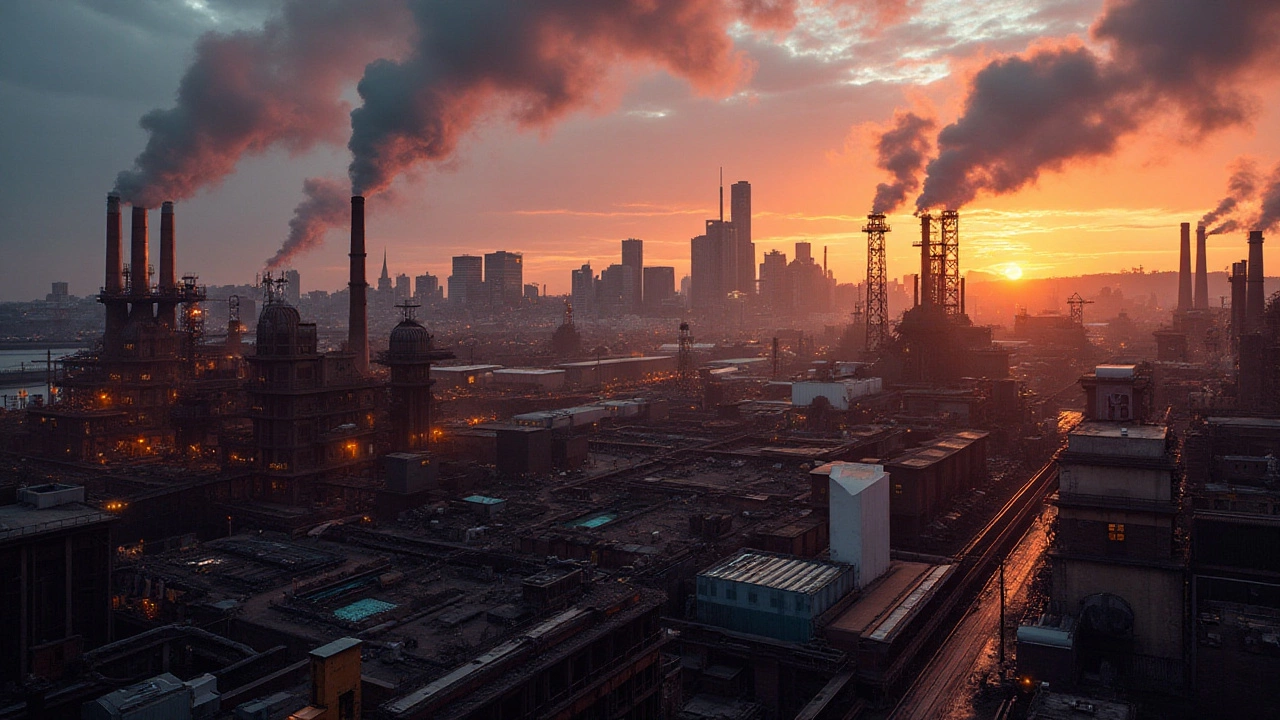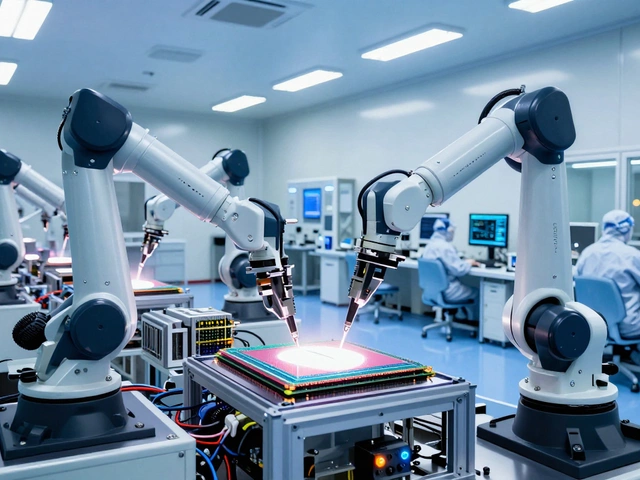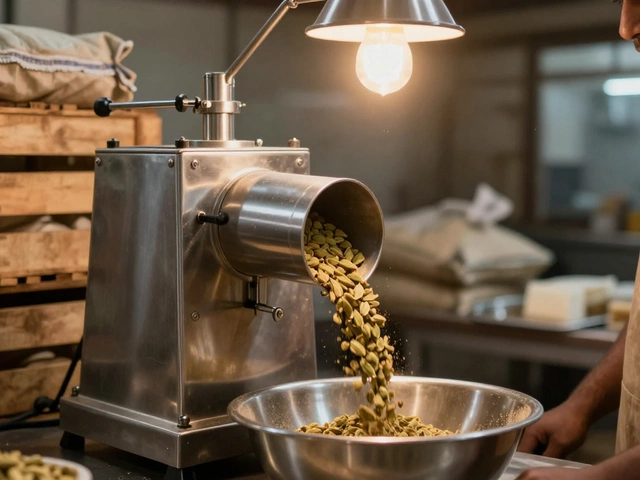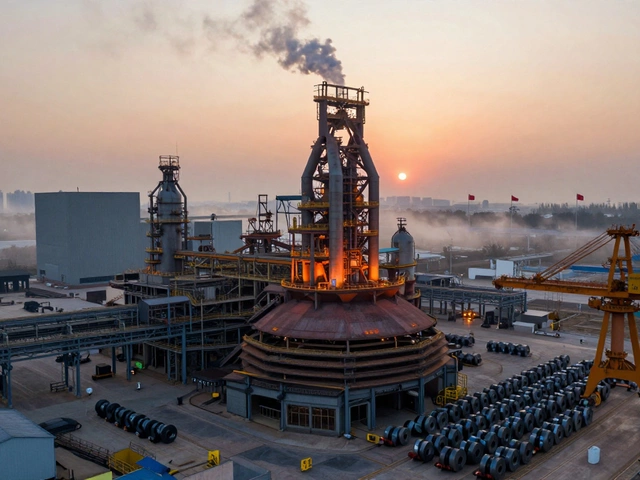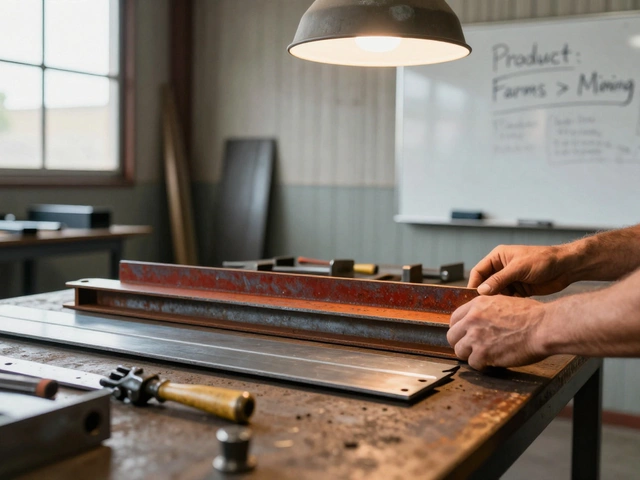US Steel Plants – What’s Happening and Why It Matters
If you’ve ever wondered where the steel that builds bridges, cars, and skyscrapers comes from, the answer is the network of US steel plants spread across the country. These facilities not only supply raw material for construction but also drive jobs, tax revenue, and innovation. In this guide we’ll break down the biggest players, the regions with the highest concentration, and the trends reshaping the industry.
Major Players and Plant Types
The US steel landscape is dominated by a handful of companies. U.S. Steel still runs classic integrated mills in Gary, Indiana and Homestead, Pennsylvania, where iron ore, coal, and limestone blend in blast furnaces. Nucor leads in electric‑arc furnace (EAF) technology; its plants in Texas, Wyoming, and Ohio recycle scrap metal into new steel with lower emissions. ArcelorMittal USA, now part of Cleveland-Cliffs, operates the massive Midwest plant in Indiana, while Steel Dynamics runs mid‑size EAF sites in Ohio, Illinois, and Oklahoma.
Integrated mills use blast furnaces to turn raw ore into liquid iron, which is then refined into steel. EAF plants melt scrap or direct‑reduced iron using electricity, making them more flexible and greener. Knowing which type a plant uses helps you gauge its carbon footprint and production speed.
Where the Plants Are Located
Historically the Rust Belt—Pennsylvania, Ohio, Indiana, and Michigan—hosted most steel jobs. Today the map is broader. The Gulf Coast, especially Texas and Louisiana, has seen a surge of new EAF facilities because of cheap natural gas and easy port access. The Midwest still holds large integrated sites, while the West Coast gets a smaller share, mostly focused on specialty steel for aerospace.
Regional clusters matter for supply chain planning. If you need steel for automotive parts, the Ohio‑Indiana corridor offers quick turnaround. For shipbuilding, look to the Gulf where marine‑grade steel is produced close to shipyards.
Current Trends Shaping US Steel Plants
Green steel is no longer a buzzword. Companies are testing hydrogen‑based reduction and electrifying blast furnaces to cut CO₂. Nucor’s recent partnership with a renewable‑energy provider aims to power its EAFs with wind and solar, lowering the cost per ton of steel and attracting environmentally conscious buyers.
Automation and digital twins are boosting efficiency. Sensors monitor furnace temperature in real time, while AI predicts maintenance needs, cutting downtime by up to 15% at several plants. For anyone tracking the industry, keep an eye on announcements about AI‑driven quality control—that technology often signals a plant’s shift toward higher value‑added products.
Trade policies still affect plant economics. Tariffs on imported steel raise domestic prices, which can improve plant margins but also increase construction costs. The latest US‑Mexico‑Canada Agreement (USMCA) includes steel‑specific rules of origin, so manufacturers must verify that the steel they buy meets the 75% US‑content threshold.
What to Watch in the Next Few Years
1. Carbon pricing – Federal or state carbon taxes could add fees to high‑emission plants, pushing more operators to adopt EAF or hydrogen processes.
2. Capacity expansions – Nucor and Steel Dynamics have announced new EAF builds in the Midwest; these projects will add roughly 4 million tons of annual capacity by 2028.
3. Supply chain bottlenecks – Recent logistics strikes have shown how port delays can ripple through steel deliveries. Companies are diversifying transport options, so keep an eye on rail‑to‑port initiatives.
Understanding the mix of plant types, locations, and emerging technologies gives you a clear picture of where US steel is headed. Whether you’re a buyer, investor, or just curious, the facts above provide a practical starting point for following the industry’s next moves.
Where is Steel Produced in America? A Guide to US Steel Manufacturing
The American steel industry stands as a backbone of the country's industrial and economic sectors, operating through several major regions. This informative article explores key locations where steel is produced, delving into the historic roots, modern advancements, and regional specifics. From Pittsburgh's storied legacy to the modern facilities of the Midwest, discover the diversity and depth of steel manufacturing in the United States. Learn interesting facts about how different regions contribute uniquely to the nation's steel output.
Read More